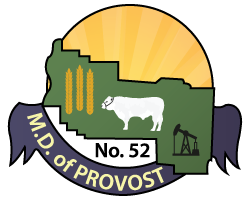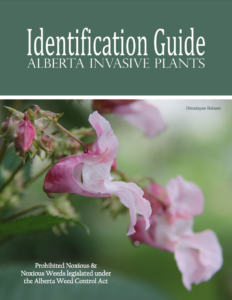The integrated Vegetative Management Program in the Municipal District of Provost uses the combination of various land management components to reduce the presence and impact of invasive species on the environment. These land management procedures include inspections, roadside spraying, and roadside mowing.
Invasive Weeds
Weed control work is necessary, even on small infestations, in order to prevent them from spreading and becoming more difficult to control. We encourage you to review the weed fact sheets at www.abinvasives.ca, and consider one or more of the control options provided. Fact sheets provide more information about individual invasive species. They contain information on impacts, origin, habitat, regulatory status, identification, prevention and control options.
Those listed as “Prohibited Noxious” and “Noxious” are regulated under the Alberta Weed Control Act. “Prohibited Noxious” weeds must be destroyed and “Noxious” weeds must be controlled.
In 2010, several plants were added to the noxious and prohibited noxious weeds list under the Alberta Weed Control Act, including a number of invasive ornamentals. Many of the new species can be found growing in flower beds or gardens.
• Weed Control Act (2010)

